Reliance 125HP 1750/2000RPM B369ATZ #2040
Reliance 125HP 1750/2000RPM B369ATZ #2040
Item # 2040 — Reliance 125HP 1750/2000RPM B369ATZ #2040
Renown Electric supplies a diverse selection of in-stock motors, elevator controls, elevator parts, AC & DC drives, and more. We also support equipment from major manufacturers such as General Electric, Otis, Westinghouse, WEG and many others.
If you cannot find the product you need, please contact us with your requirements.
Specifications
Motor Brands (MTR MFG)
Reliance
HP
125
RPMs
1750/2000
Volts
500
Field Volt
300
Location
Floor
Serial #
T36R1306C YC
Amps
207
Field Current
2.38/1.51
Type
TR
Enclosure
ODP
Frame
B369ATZ
Drive End Bearing
70BC03X30X20
Non Drive End Bearing
60BC02X30X20
Related Products

Ziehl-Abegg AC Motor 7.5HP 1110/260 RPM ZU180 35-6/24 #152

Ziehl-Abegg Ac Motor 12.5/2.08HP 1100/174RPM #195

Westinghouse Generator 40HP 25KW 1750 365T #130

Center Bonded Mounts STA Series

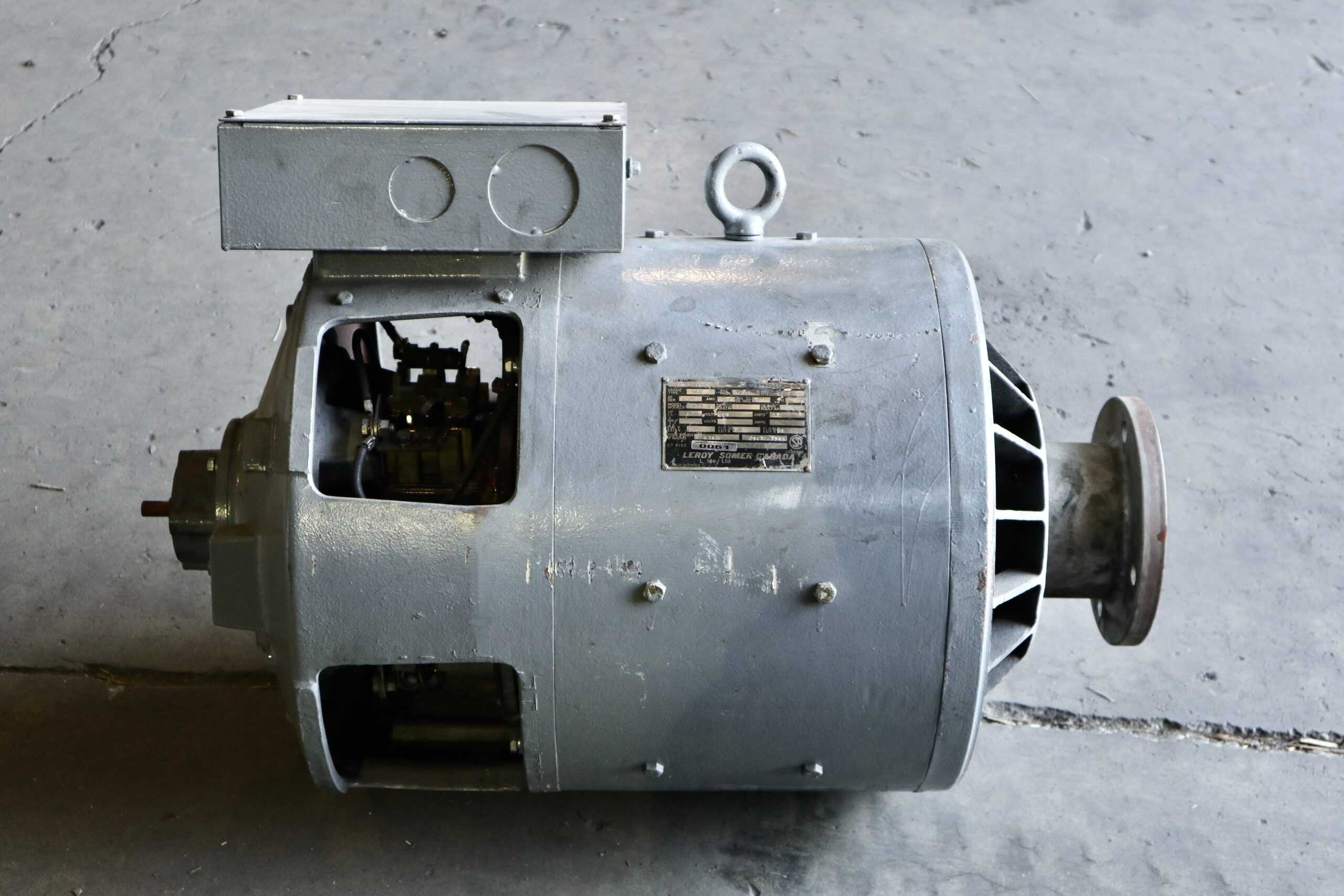

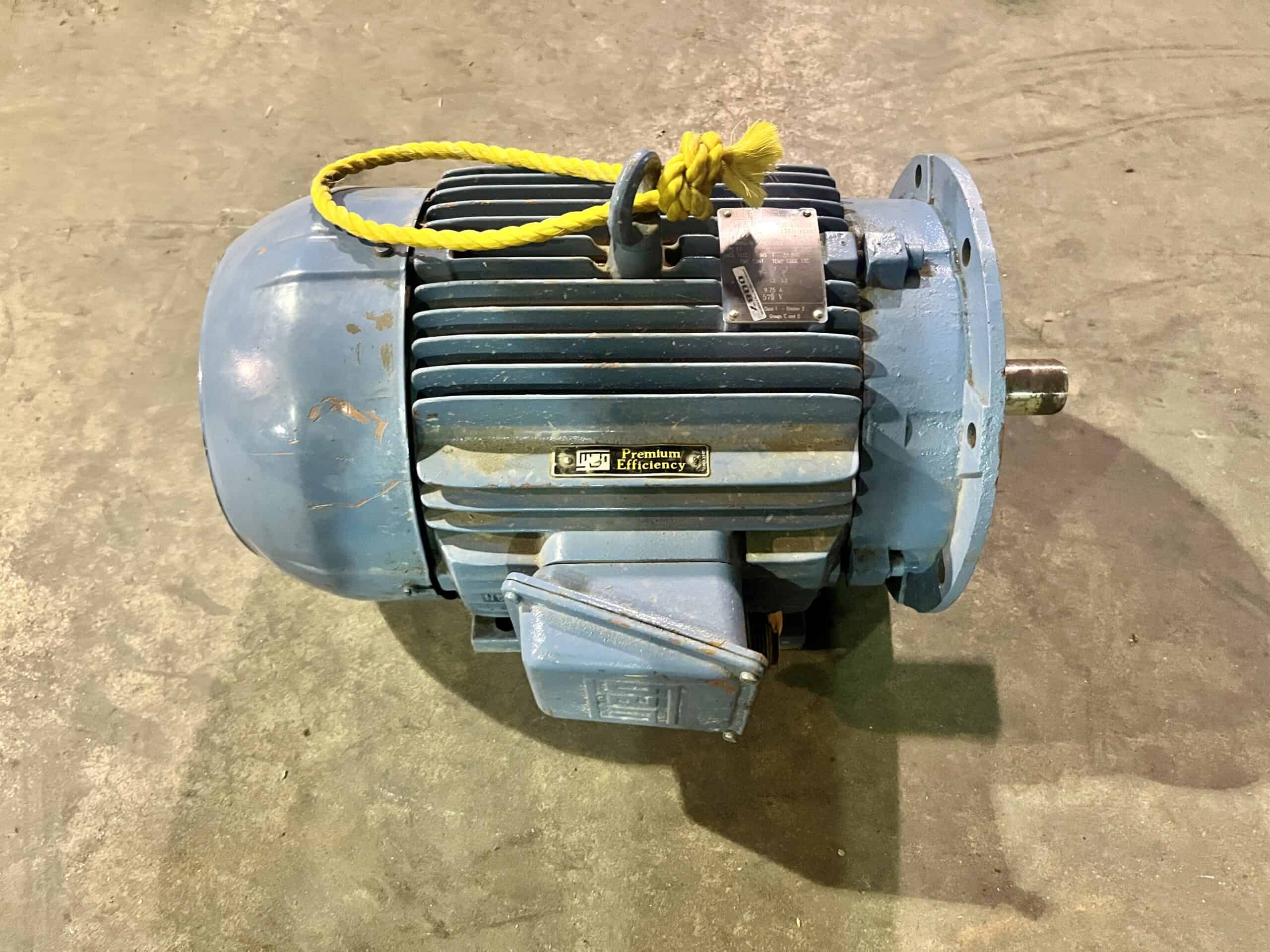

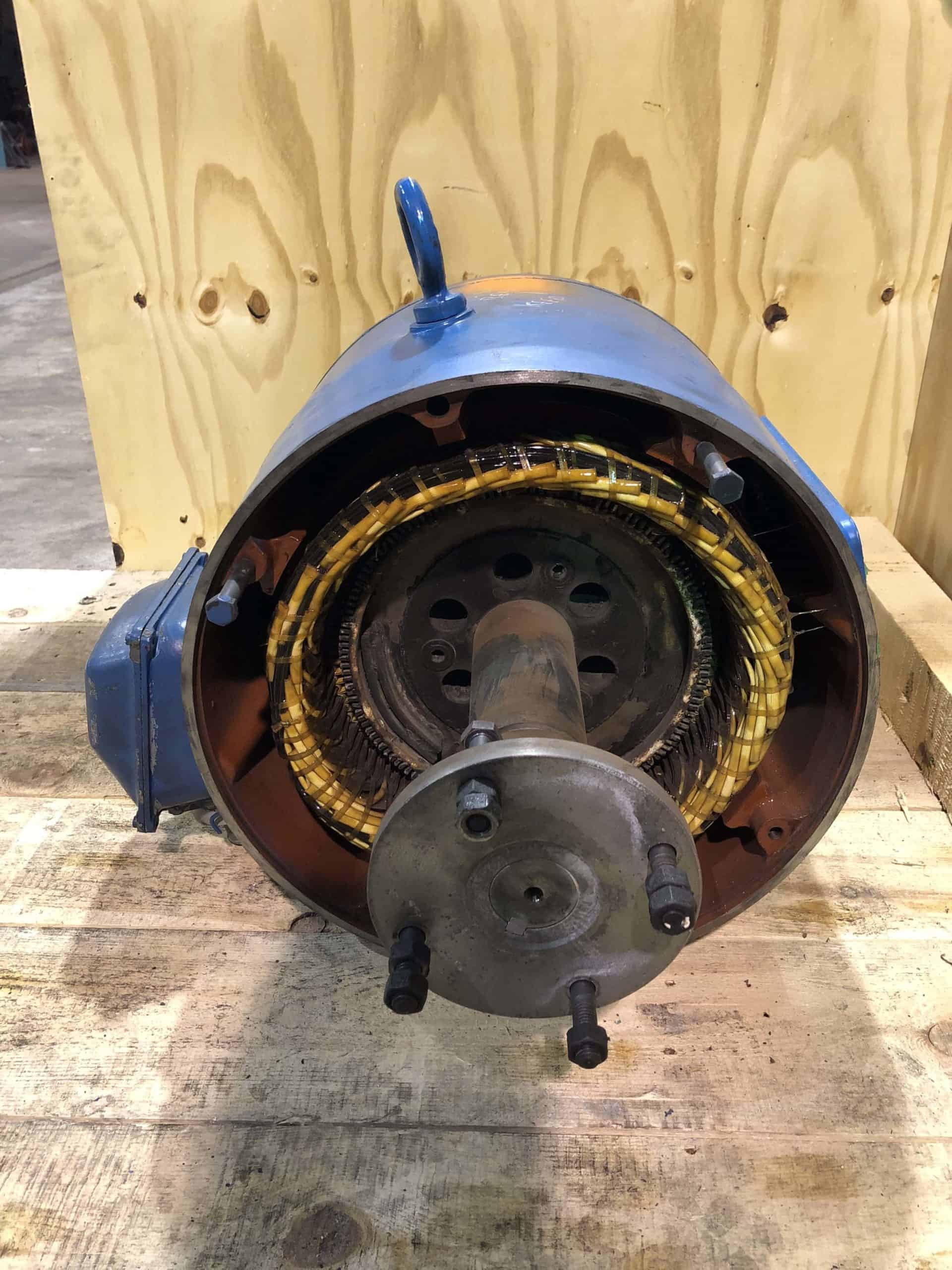














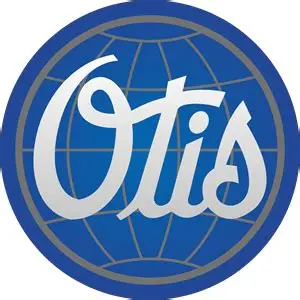












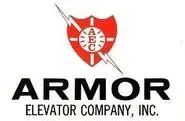












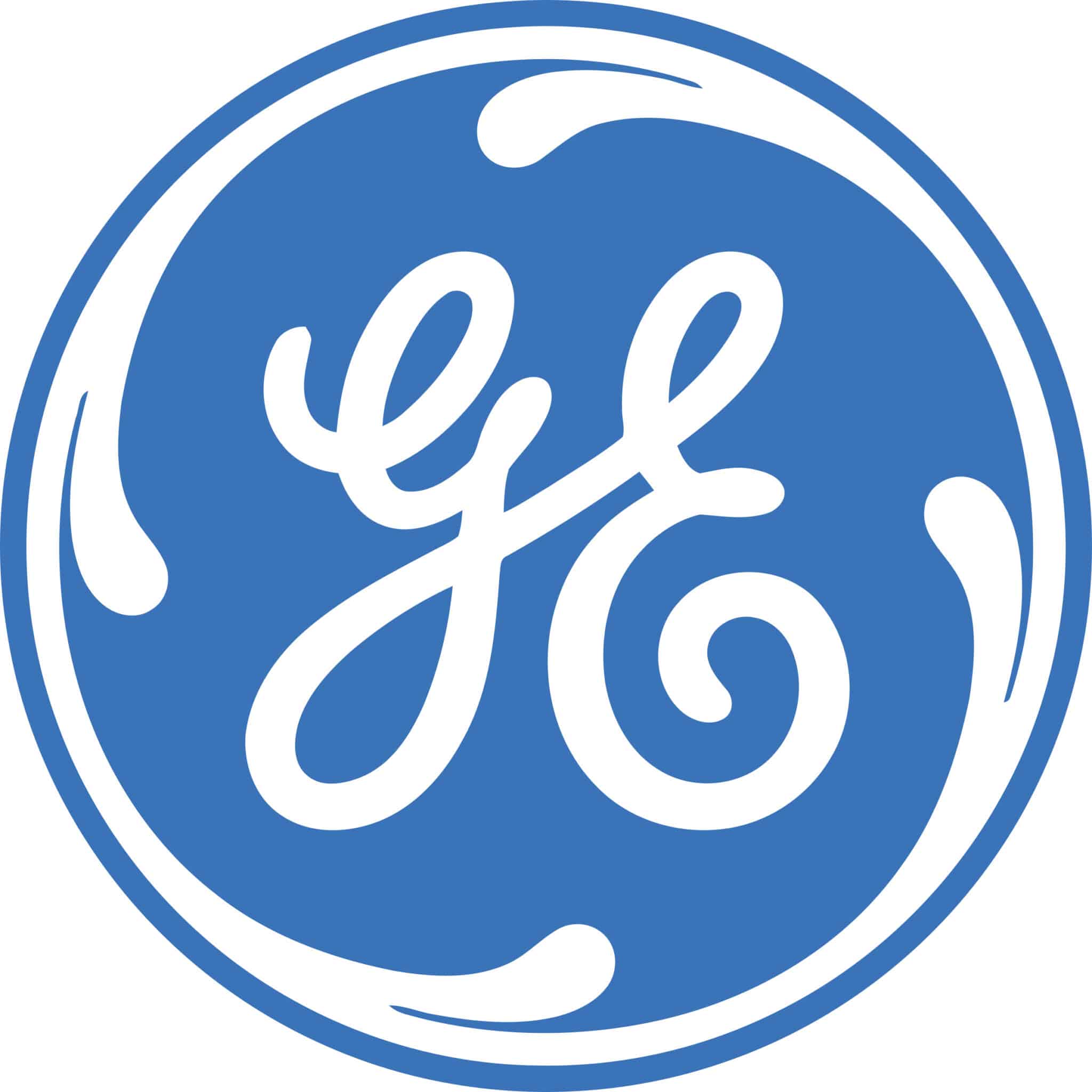


- Flat Top Recessed Bumpers
- Rounded Top Recessed Bumpers
- Large Bumper Pads
- Grommet Bumper A
Get in Touch with our Skilled Team
No matter your industry or application, we’re here for you. Contact us to learn more about our extensive capabilities, and how we serve clients across industries to ensure their motors are operating at their best.

















